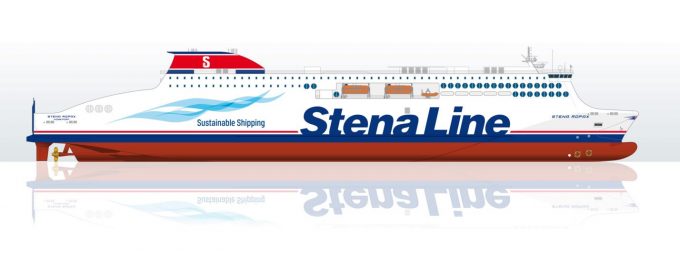News in Brief Podcast | Week 48 | Port ‘musical chairs’, rates and MSC u-turn
In this episode of The Loadstar’s News in Brief Podcast, host and news reporter Charlotte ...

The big ship craze appears to have spread to the shortsea shipping industry serving the UK, after investment in the sector was frozen during the past few years.
Speakers at this year’s Multimodal event in Birmingham questioned whether there would be enough capacity in the medium term to serve the country’s freight needs.
Richard Horsewill, director of freight for the UK and Ireland at Stena Line, told delegates: “In the ferry industry, we are still recovering from the financial crisis and recession, when ...
Asia-USEC shippers to lose 42% capacity in a surge of blanked sailings
USTR fees will lead to 'complete destabilisation' of container shipping alliances
New USTR port fees threaten shipping and global supply chains, says Cosco
Outlook for container shipping 'more uncertain now than at the onset of Covid'
Transpac container service closures mount
DHL Express suspends non-de minimis B2C parcels to US consumers
Zim ordered to pay Samsung $3.7m for 'wrongful' D&D charges
Flexport lawsuit an 'undifferentiated mass of gibberish', claims Freightmate

Comment on this article